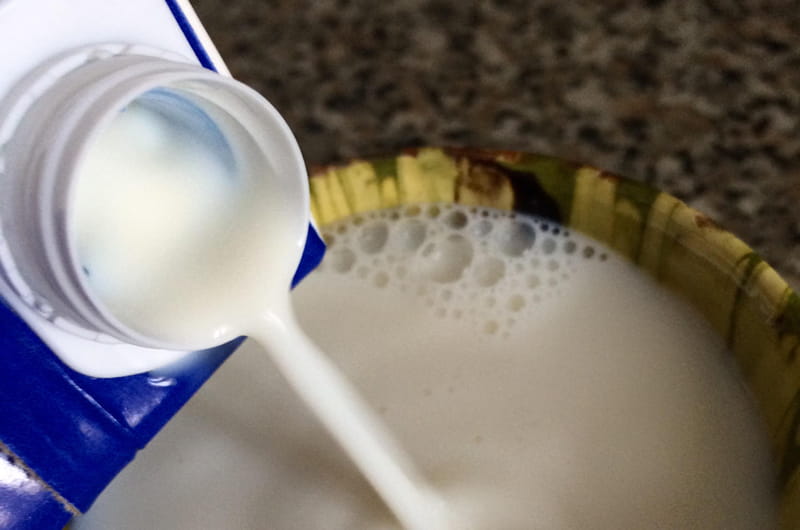Soft Drink, Soft Price: Soda Prices Found Significantly Lower Than Healthy Alternative Milk
 By Frank Otto
By Frank Otto

A Drexel University study found that huge disparities exist between the cost of sugary soft drinks and the price of the healthier alternative milk — differences that could be reduced by taxes like the one just approved in Philadelphia.
Looking at the prices of soda in 1,743 supermarkets across the country, researchers from Drexel’s Dornsife School of Public Health found that, on average, milk cost 160 percent more per fluid ounce than soda.
Taxing sugary drinks — which are linked to medical conditions such as diabetes, obesity and cardiovascular disease — could help level the price disparity and reduce the incentive for choosing unhealthy options.
“In my local supermarket in Philadelphia, four 12-packs of soda are priced at $9.88. This comes out to $0.205 per 12-ounce serving,” said Dave Kern, a Drexel doctoral student who is the lead author. “A tax of 1.5 cents per ounce — the amount approved by the Philadelphia City Council — would nearly double the price of soda and thus align it much closer to the price of milk.”
Sugary beverages’ links to poor medical outcomes are well-known to health researchers. Obesity and diabetes are conditions that are highly prevalent in the black and Latino communities, and the Drexel team found that in neighborhoods with a higher concentration of black and Latino residents the price disparity between soda and milk prices was significantly wider than in other neighborhoods.
Price is a well-known driver of consumers’ purchasing decisions, typically having the second-largest impact on the food and beverage choice, trailing only taste, Kern explained.
Taxing sugary beverages would likely have some impact on purchasing decisions across all consumers and particularly lower income consumers. That impact could decrease how much of the unhealthier drinks are bought.
Detractors of “soda” taxes have criticized them for disproportionately impacting lower-income consumers. Lower-income households are more sensitive to grocery prices because they have less disposable income and a larger proportion of their budget goes toward food and beverages, Kern said.
However, Amy Auchincloss, PhD, one of the study’s co-authors and an associate professor in the Dornsife School of Public Health, believes that current pricing structures that make soda overly affordable — particularly relative to more nutritious drinks — have disproportionately impacted the health of lower income households.
“Safe, affordable housing, high quality education, clean air, access to clean water and healthful foods are public priorities and are basic human rights that those living in poverty often disproportionately lack,” Auchincloss said. “As a society, access to very cheap sugary drinks should not be our focus. They’re not necessary for well-being and, in fact, can have harmful consequences.”
Kern’s next steps are examining prices for a wider variety of grocery store products and linking them to consumers’ overall dietary quality.
“Ultimately, we hope to understand how price difference between healthy and unhealthy foods may influence diet quality and the prevalence of diabetes,” he explained.
Those interested can find the full study, “Neighborhood variation in the price of soda relative to milk and its association with neighborhood socio-economic status and race,” published in Public Health Nutrition at this link. It was authored by Kern, Auchincloss, Lucy Robinson, an assistant professor, and Lance Ballester, a graduate student, all of the Dornsife School of Public Health.